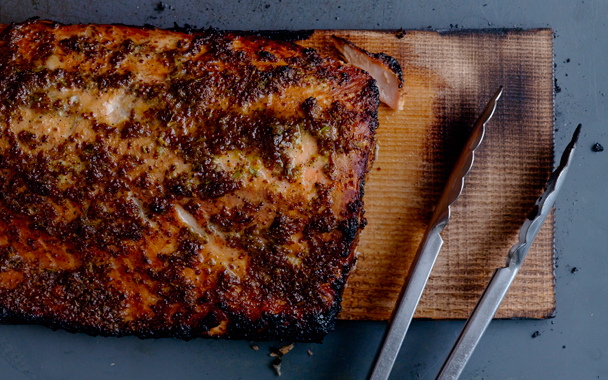|
JuanDaBomb -> RE: Changes in sound of guitars over time (Jul. 20 2015 22:57:06)
|
Hi Ethan,
Well, here is my theory (and that’s ALL it is, but based on what I’ve learned from studying physics & engineering I tend to believe something like this).
When I look at an assembled guitar, I see a structure with a complicated system of static internal forces (when it's not being played that is). Of course, there are significant internal forces within the separate components even before they are assembled, but the processes of gluing, clamping, doming, strutting, and so on create an entirely new set of internal stresses because of the physical work being done to the whole. Not to mention changes in water content of the woods over time.
From what I understand, typically these stresses don’t remain constant over time, especially when work is being done on the structure (in this case the actual playing of the guitar). It gets complicated but my thought is that all these vibrations experienced by the guitar serve to relieve some of these internal stresses over time. And the result is a different, lower system of internal stresses that resists the input of external forces in a different way.
At this point I would like to now open up my explanation to being picked apart and rectally probed in true Foro fashion [:D]
|
|
|
|

